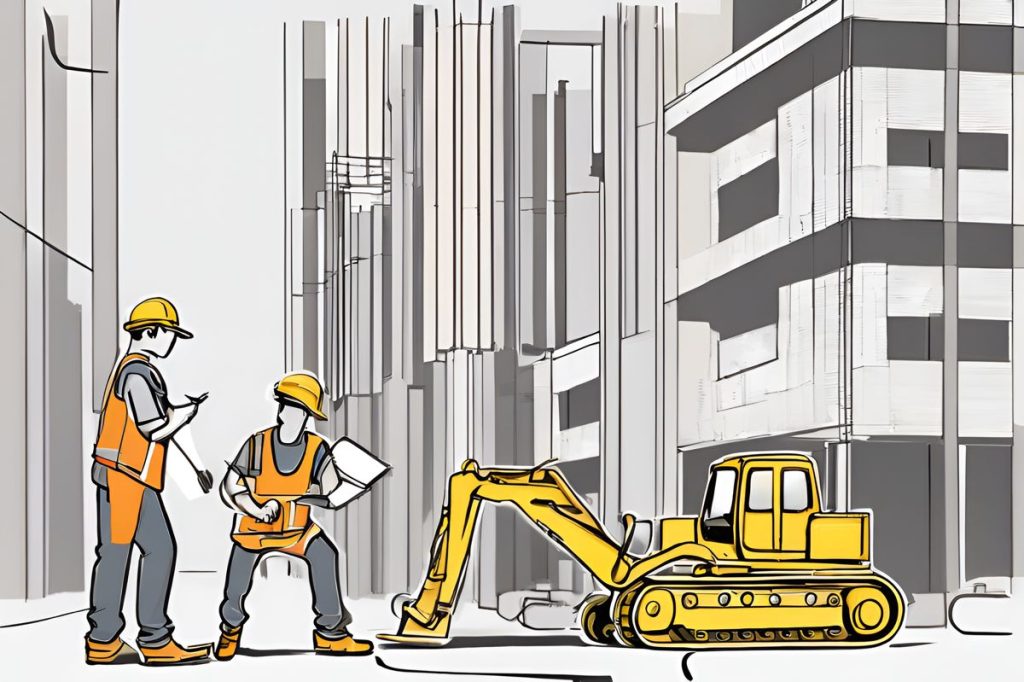The stalled infrastructure initiatives in Paphos, including delays in the Paphos-Polis Chrysochous road construction and wave breakers to prevent coastal erosion, are causing concern among locals and officials. Despite available funding and environmental concerns, bureaucratic obstacles are hindering progress in vital projects essential for the region’s growth and preservation.
What are the main infrastructure challenges facing Paphos?
The primary infrastructure challenges in Paphos include:
- Ongoing delays in constructing the Paphos-Polis Chrysochous road.
- Complications separating the project into independent phases.
- Stagnation in the construction of wave breakers to prevent coastal erosion.
- Bureaucratic inertia hindering progress despite available funding and environmental concerns.
Ongoing Delays with the Paphos-Polis Chrysochous Road
The long-awaited construction of the new Paphos-Polis Chrysochous road has become a persistent challenge. Initially set to connect these vital areas, the project has faced repeated obstacles. The latest dialogue between Paphos officials and government ministers indicates a wait-and-see approach. Transport Minister Alexis Vafeades, along with Agriculture Minister Maria Panayiotou, confirmed ongoing negotiations with the construction company. Within a matter of weeks, they expect to determine the feasibility of moving forward.
The Paphos chamber of commerce, led by Chairman George Mais, emphasized the need for a resolution. As he rightly pointed out, any further delays would serve no one’s interests. The community is poised for a decision, seeking both clarity and a commitment to progress. They remain hopeful that the project, mired in years of planning, will finally advance.
Separate Phases, Separate Futures
While the initial phase of the Paphos-Polis Chrysochous road hangs in the balance, the second phase from Stroumbi to Polis Chrysochous faces its own challenges. George Mais advocates for an independence of phases, insisting that the second stretch of road should not be hindered by the first phase’s complications. However, government officials, including Vafeades and Public Works Department Director Eleftherios Eleftheriou, have signaled no immediate commencement, projecting procedural initiations as far off as the end of 2025. Mais, voicing his discontent, has called for an acceleration of these processes.
In addition, there’s a plan to construct wave breakers along the coast to combat erosion, a significant concern for Paphos’ coastal integrity. Large funds have been allocated for the necessary studies, yet the implementation phase remains stagnant, much to Mais’ frustration. The environmental department’s inaction, despite being fully informed, exacerbates the situation.
A Focus on Coastal Preservation
The environmental integrity of Paphos’ coastline is under threat, and the construction of 43 wave breakers along a 25-kilometre stretch is designed to protect against erosion. Despite the clear need for these structures, bureaucratic inertia seems to prevail. Mais described the situation as unacceptable, especially considering the financial resources dedicated to these studies. It is clear that practical steps must be taken swiftly to prevent further degradation of the coastal area, which is an essential part of the region’s natural heritage and tourism appeal.
Meetings have been scheduled to address various infrastructure issues, including the road connection between Ezousa river and Paphos airport. These discussions are crucial in setting definitive directions and timelines for the completion of these projects. Stakeholders and government bodies must come together to ensure that the infrastructure in Paphos not only meets current demands but also serves the future growth of the region.
Professional Insights and Other Interests
Rebekah, known for her distinctive tattoos and love for motorbikes, brings her extensive experience in journalism to the discussion. With a career spanning over three decades and a background that includes assignments in Nicosia and Athens, her insights add depth to the coverage of the Paphos projects. She balances her professional life with a passion for poetry and travel, showcasing a well-rounded perspective that enriches her reporting.
What are the main infrastructure challenges facing Paphos?
The primary infrastructure challenges in Paphos include ongoing delays in constructing the Paphos-Polis Chrysochous road, complications separating the project into independent phases, stagnation in the construction of wave breakers to prevent coastal erosion, and bureaucratic inertia hindering progress despite available funding and environmental concerns.
What is the status of the Paphos-Polis Chrysochous road construction?
The construction of the Paphos-Polis Chrysochous road has been facing persistent delays, with ongoing negotiations between Paphos officials, government ministers, and the construction company. There is a wait-and-see approach to determine the feasibility of moving forward, and the community is eagerly awaiting a decision to advance the long-awaited project.
How are the separate phases of the road project impacting progress?
The second phase of the Paphos-Polis Chrysochous road from Stroumbi to Polis Chrysochous is facing challenges independent of the first phase. There are calls to accelerate the procedural initiations for the second phase and construction of wave breakers to prevent coastal erosion. Bureaucratic inertia and delays in implementation are hindering progress, despite funds allocated for necessary studies.
What is being done to address coastal preservation in Paphos?
The environmental integrity of Paphos’ coastline is under threat due to erosion, prompting the construction of wave breakers along a 25-kilometre stretch. However, bureaucratic obstacles and inaction are impeding the implementation of vital coastal preservation measures. Stakeholders and government bodies must collaborate to ensure the protection of the region’s natural heritage and tourism appeal.

